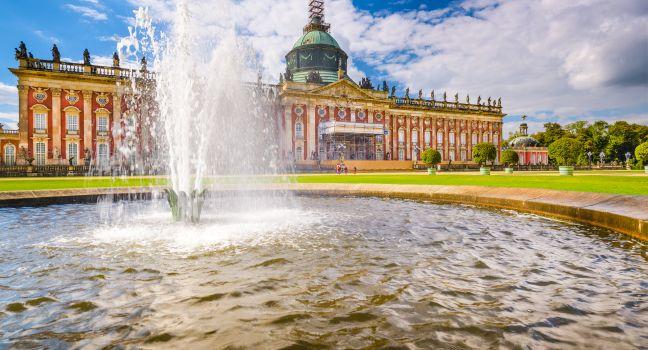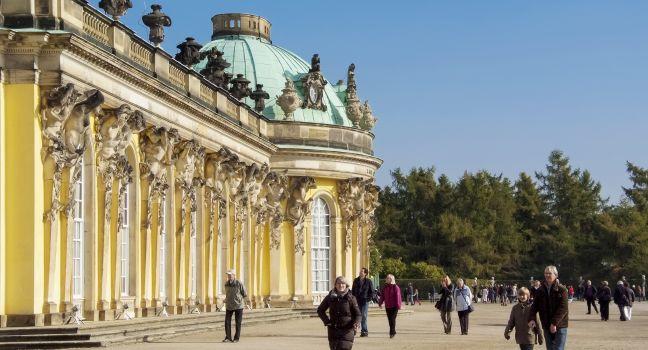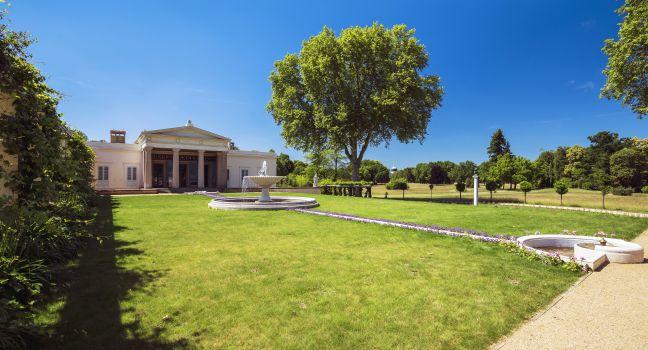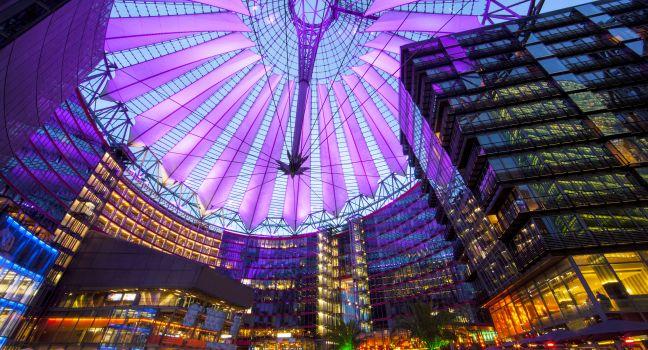DDR Museum
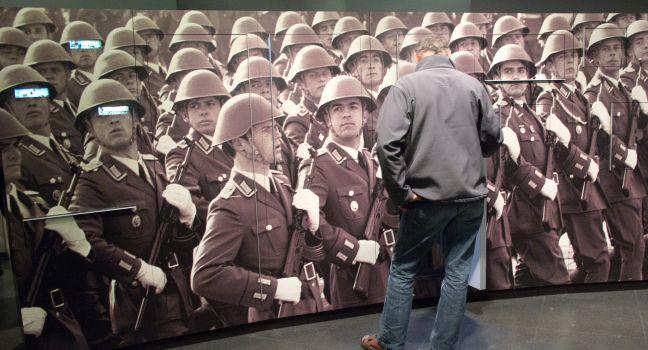
Half museum, half theme park, the DDR Museum is an interactive and highly entertaining exhibit about life during communism. It’s difficult to say just how much the museum benefits from its prime location beside the Spree, right across from the Berliner Dom, but it's always packed, filled with tourists, families, and student groups trying to get a hands-on feel for what the East German experience was really like. Exhibitions include a re-creation of an East German kitchen, all mustard yellows and bilious greens; a simulated drive in a Trabi, the only car the average East German was allowed to own; and a walk inside a very narrow, very claustrophobic interrogation cell.
